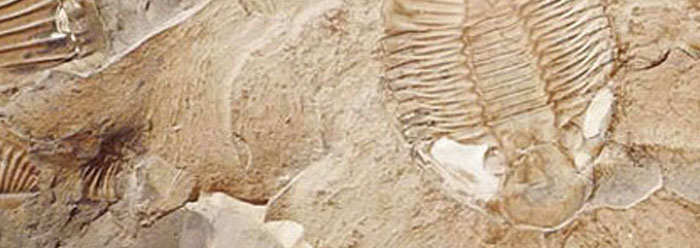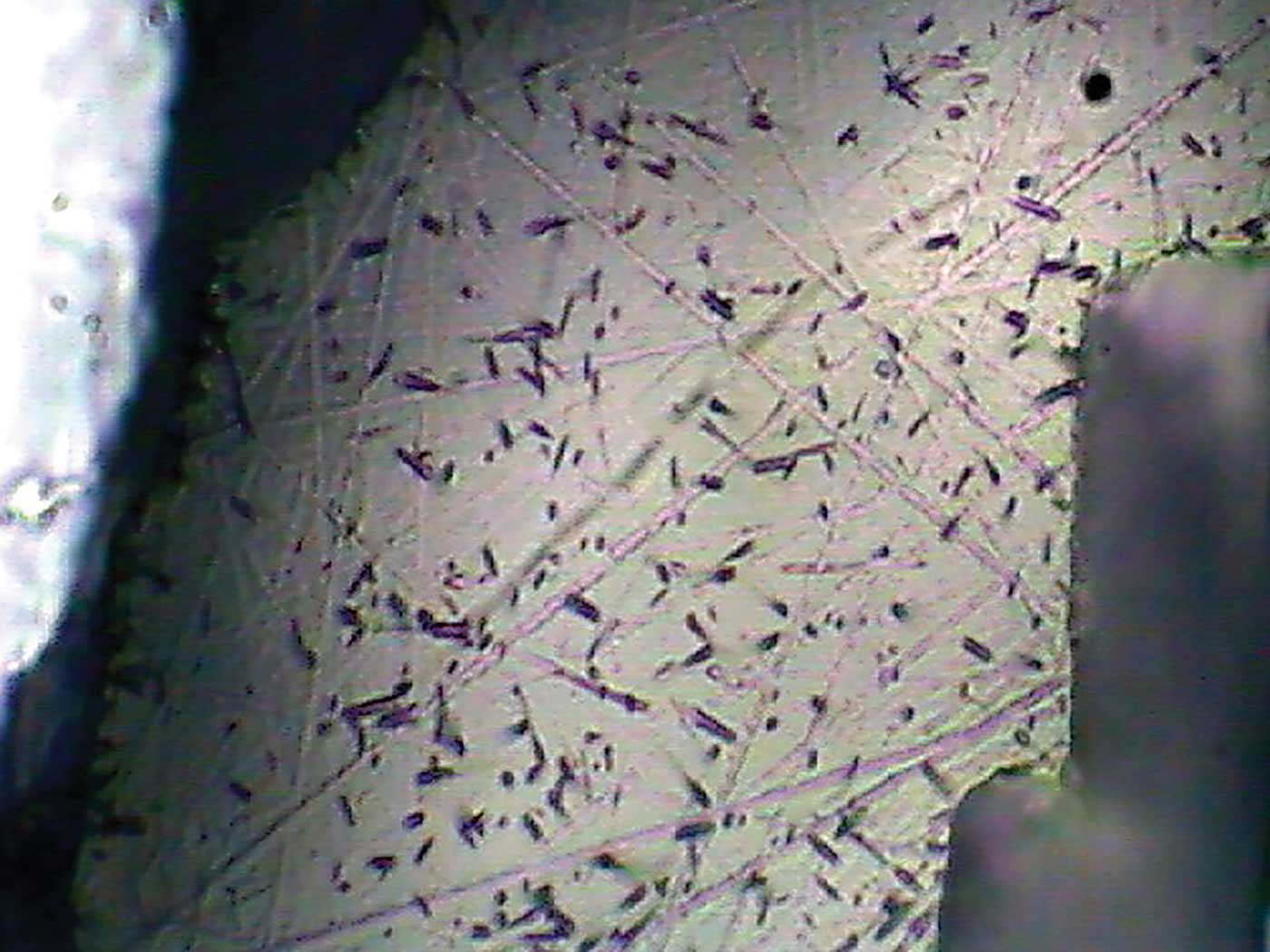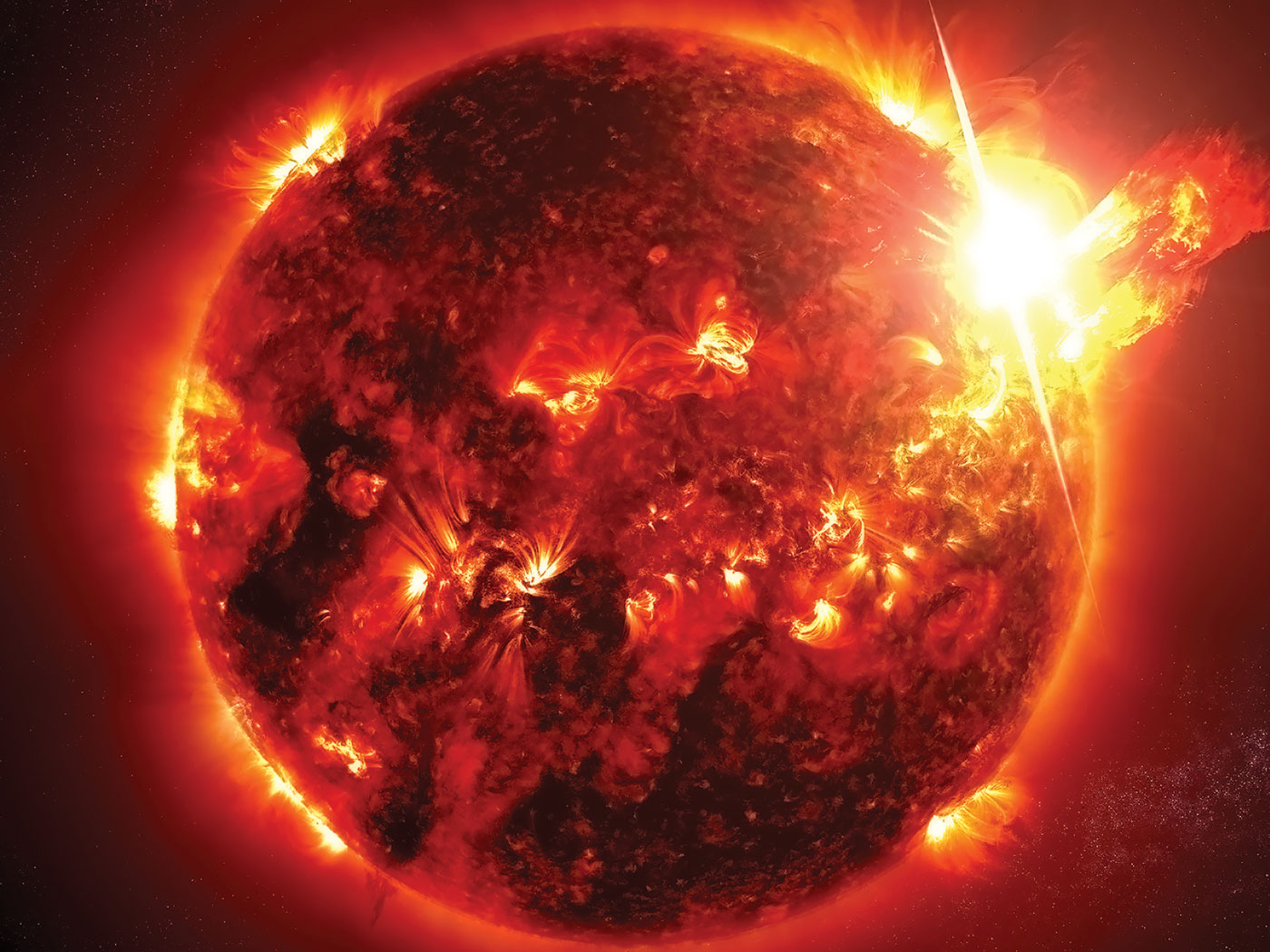
The Burgess Shale and Complex Life
If evolution is correct, the first life was quite simple, evolving more complexity over time. Yet the Cambrian Explosion of Life has revealed life's complexity from the start, giving evolution a black eye. The vast array of complex life that appears in the lowest (or oldest) stratigraphic layer of rock, with no apparent ancestors, goes hard against evolutionary dogma.

Dinosaur Soft Tissue: Biofilm or Blood Vessels?
Over a decade ago, paleontologist Dr. Mary Schweitzer accidentally discovered soft tissues preserved inside dinosaur bone.1 While examining the bone structure from an incompletely fossilized T. rex nicknamed "B. rex," she came upon what appeared to be blood vessels and blood cells on her microscope slides.

The Mythical Horse Series
Horse evolution prominently appears in textbooks as a supreme example of the evolution of one body style into another. All students remember the "horse series" sketches, tracing the development of a small browser named Hyracotherium (formerly known as Eohippus) with four toes on the front feet and three on the rear, into the large one-toed horse of today.

Evolution Continues to Be a Hard Cell
The increasing amount of research at the cellular level has boded ill for the naturalist who insists that life must be interpreted (strained?) through a Darwinian explanatory filter. For instance, recent studies have focused on ion channels, which are passages designed to transport charged atoms (ions) through a membrane formed by a specific protein or proteins on the surface of cells.







